
How to Use Waterproof Integrated Ultrasonic Sensor: Examples, Pinouts, and Specs
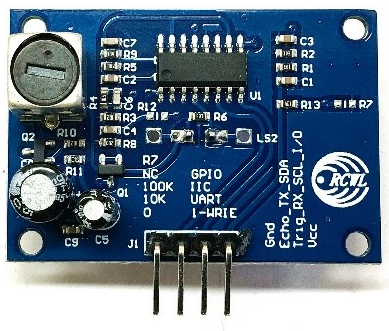
 Design with Waterproof Integrated Ultrasonic Sensor in Cirkit Designer
Design with Waterproof Integrated Ultrasonic Sensor in Cirkit DesignerIntroduction
The Waterproof Integrated Ultrasonic Sensor is a robust and reliable device designed to measure distances or detect objects using ultrasonic waves. Its waterproof design makes it ideal for use in harsh environments, such as outdoor installations, industrial applications, or underwater systems. This sensor emits ultrasonic waves and calculates the time it takes for the waves to return after hitting an object, providing accurate distance measurements.
Explore Projects Built with Waterproof Integrated Ultrasonic Sensor
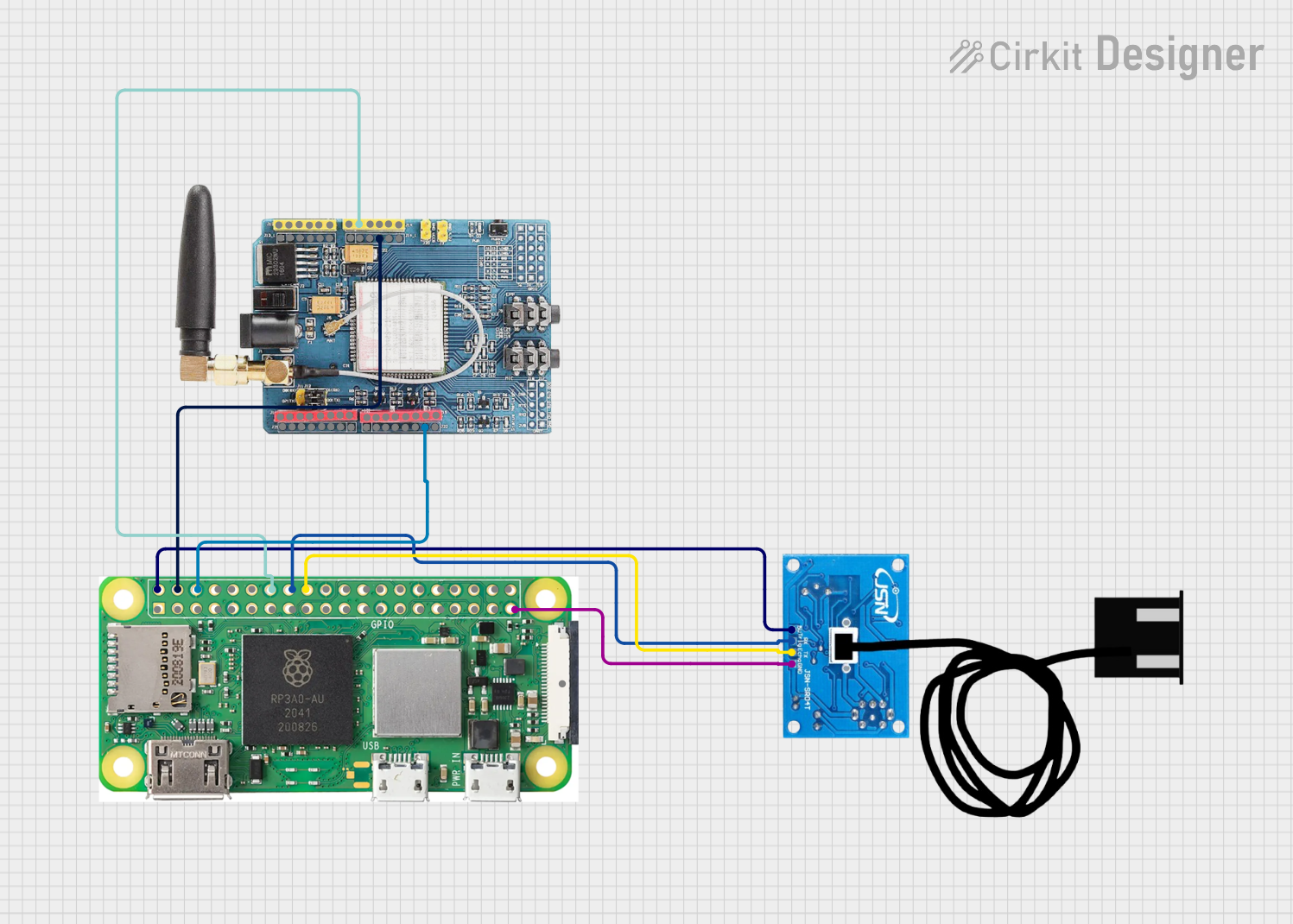
 Open Project in Cirkit Designer
Open Project in Cirkit Designer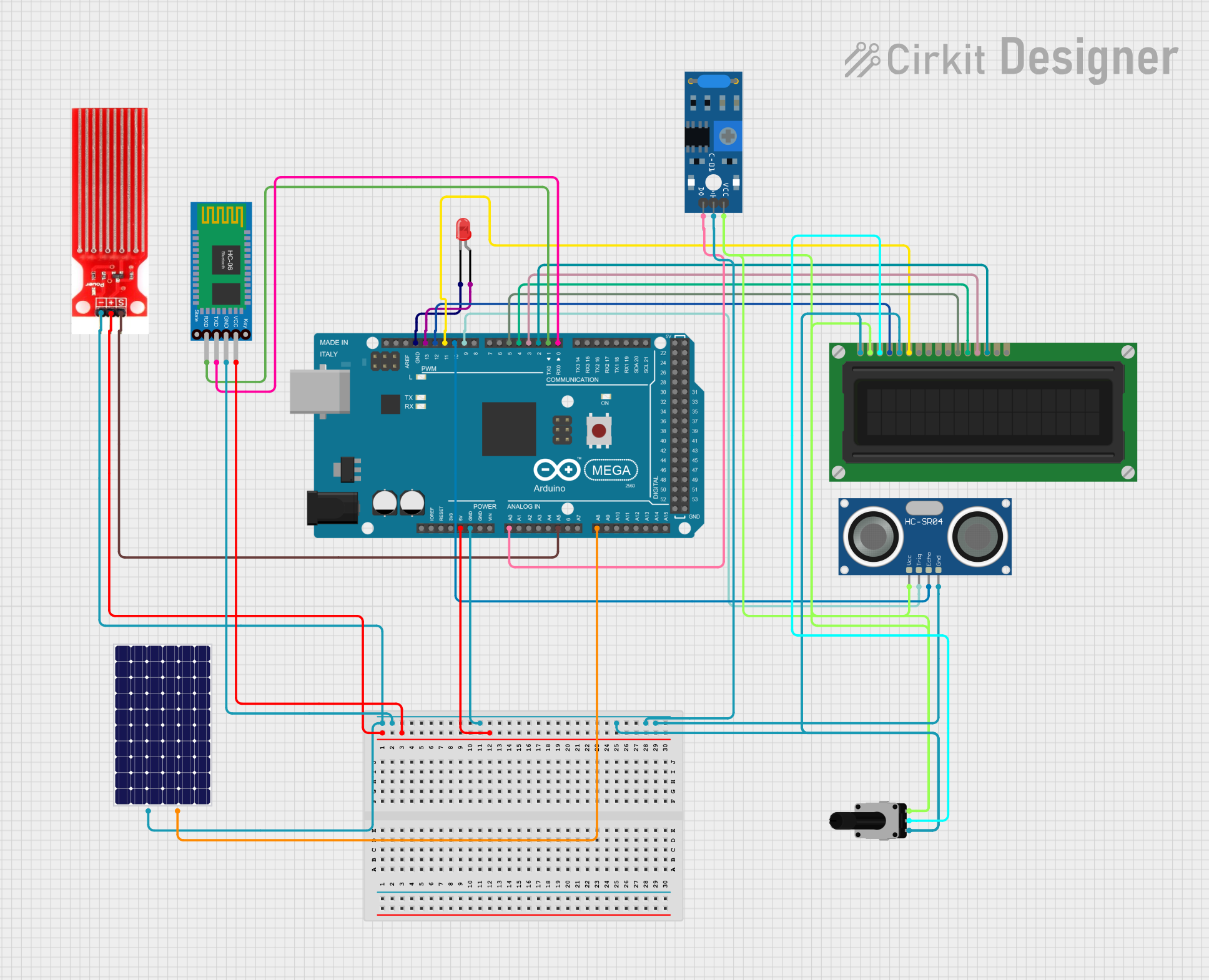
 Open Project in Cirkit Designer
Open Project in Cirkit Designer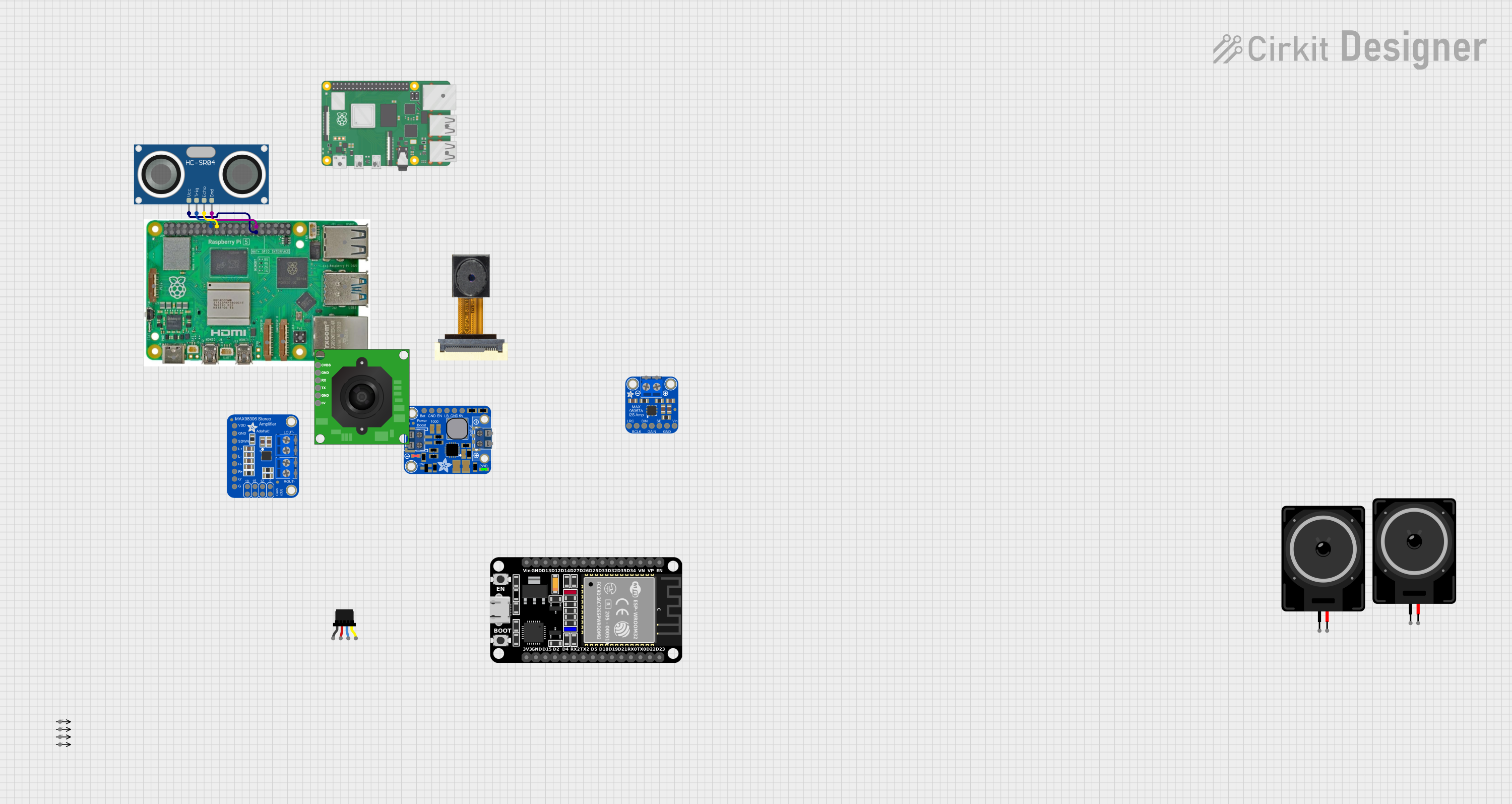
 Open Project in Cirkit Designer
Open Project in Cirkit Designer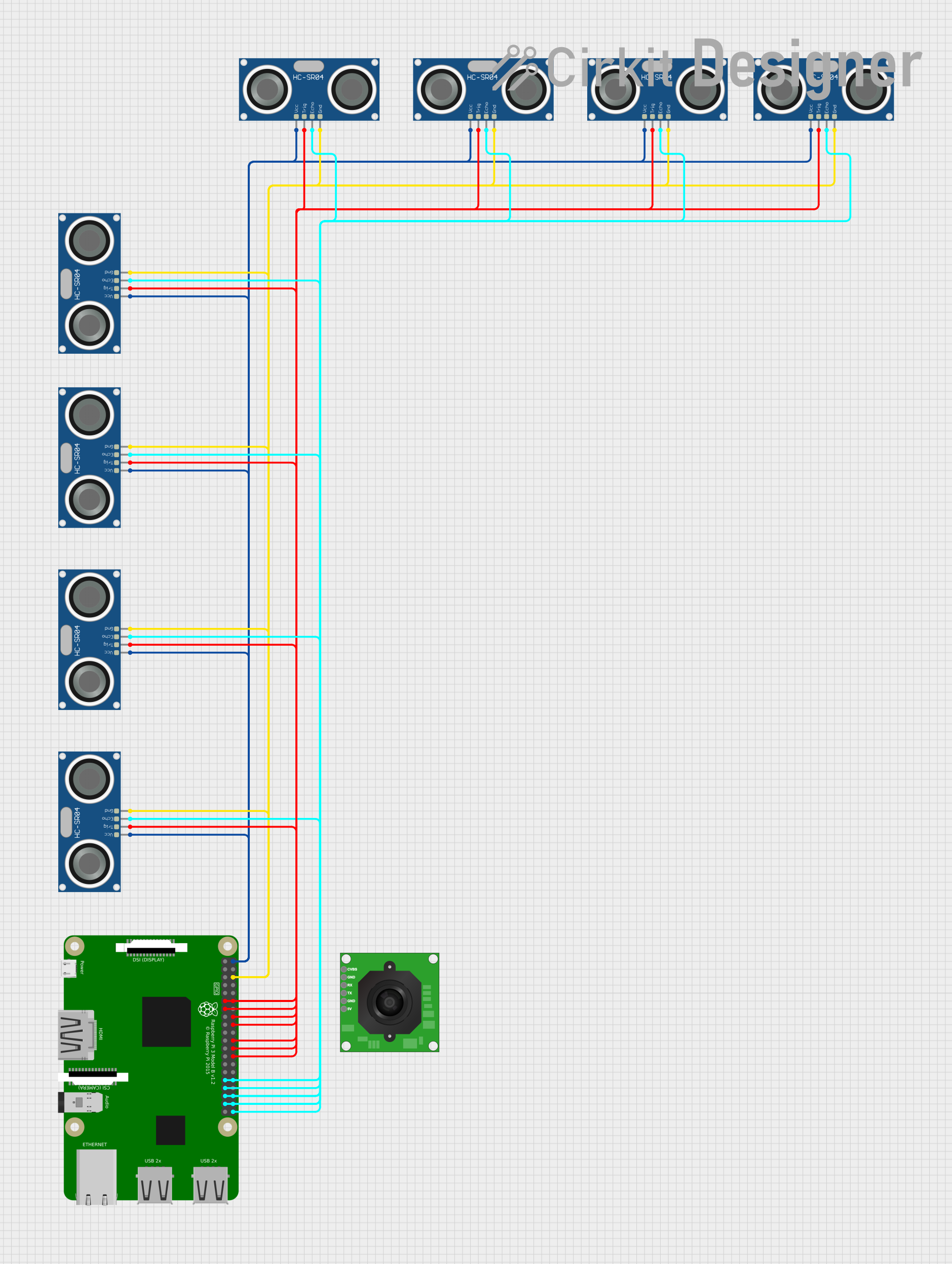
 Open Project in Cirkit Designer
Open Project in Cirkit DesignerExplore Projects Built with Waterproof Integrated Ultrasonic Sensor

 Open Project in Cirkit Designer
Open Project in Cirkit Designer
 Open Project in Cirkit Designer
Open Project in Cirkit Designer
 Open Project in Cirkit Designer
Open Project in Cirkit Designer
 Open Project in Cirkit Designer
Open Project in Cirkit DesignerCommon Applications and Use Cases
- Water level monitoring in tanks or reservoirs
- Obstacle detection in robotics and automation
- Parking assistance systems
- Outdoor weather-resistant distance measurement
- Industrial equipment monitoring in wet or humid conditions
Technical Specifications
Below are the key technical details of the Waterproof Integrated Ultrasonic Sensor:
| Parameter | Value |
|---|---|
| Operating Voltage | 3.3V to 5V |
| Operating Current | ≤ 15mA |
| Detection Range | 20cm to 450cm |
| Accuracy | ±1cm |
| Operating Frequency | 40kHz |
| Waterproof Rating | IP67 |
| Operating Temperature | -15°C to 70°C |
| Output Signal | Digital (High/Low) or PWM |
Pin Configuration and Descriptions
The sensor typically has four pins, as described in the table below:
| Pin | Name | Description |
|---|---|---|
| 1 | VCC | Power supply pin. Connect to 3.3V or 5V. |
| 2 | TRIG | Trigger pin. Send a HIGH pulse to initiate ultrasonic wave transmission. |
| 3 | ECHO | Echo pin. Outputs a pulse width proportional to the distance of the detected object. |
| 4 | GND | Ground pin. Connect to the ground of the power supply. |
Usage Instructions
How to Use the Sensor in a Circuit
- Power the Sensor: Connect the VCC pin to a 3.3V or 5V power source and the GND pin to the ground.
- Trigger the Sensor: Send a HIGH pulse of at least 10 microseconds to the TRIG pin to initiate ultrasonic wave transmission.
- Read the Echo: Measure the duration of the HIGH pulse on the ECHO pin. This duration corresponds to the time taken for the ultrasonic waves to travel to the object and back.
- Calculate Distance: Use the formula below to calculate the distance: [ \text{Distance (cm)} = \frac{\text{Pulse Duration (µs)} \times 0.034}{2} ] The factor 0.034 represents the speed of sound in cm/µs, and the division by 2 accounts for the round trip of the waves.
Important Considerations and Best Practices
- Ensure the sensor is mounted securely to avoid vibrations that could affect accuracy.
- Avoid placing the sensor near ultrasonic noise sources, such as other ultrasonic sensors, to prevent interference.
- Use a pull-down resistor on the ECHO pin if the signal is unstable.
- For outdoor use, ensure the sensor is installed in a way that prevents water pooling on its surface.
Example Code for Arduino UNO
Below is an example of how to use the Waterproof Integrated Ultrasonic Sensor with an Arduino UNO:
// Define pin connections
const int trigPin = 9; // TRIG pin connected to digital pin 9
const int echoPin = 10; // ECHO pin connected to digital pin 10
void setup() {
pinMode(trigPin, OUTPUT); // Set TRIG pin as output
pinMode(echoPin, INPUT); // Set ECHO pin as input
Serial.begin(9600); // Initialize serial communication
}
void loop() {
// Send a 10µs HIGH pulse to the TRIG pin
digitalWrite(trigPin, LOW);
delayMicroseconds(2);
digitalWrite(trigPin, HIGH);
delayMicroseconds(10);
digitalWrite(trigPin, LOW);
// Measure the duration of the HIGH pulse on the ECHO pin
long duration = pulseIn(echoPin, HIGH);
// Calculate the distance in cm
float distance = (duration * 0.034) / 2;
// Print the distance to the Serial Monitor
Serial.print("Distance: ");
Serial.print(distance);
Serial.println(" cm");
delay(500); // Wait for 500ms before the next measurement
}
Troubleshooting and FAQs
Common Issues and Solutions
No Output or Incorrect Readings
- Cause: Incorrect wiring or loose connections.
- Solution: Double-check all connections, ensuring the VCC and GND pins are properly connected.
Unstable or Fluctuating Distance Measurements
- Cause: Electrical noise or interference from nearby devices.
- Solution: Use decoupling capacitors near the power pins and avoid placing the sensor near other ultrasonic devices.
Sensor Not Responding
- Cause: Insufficient power supply.
- Solution: Ensure the power supply provides the required voltage and current.
Water Droplets on the Sensor Surface
- Cause: Outdoor or underwater use.
- Solution: Clean the sensor surface gently to remove water droplets, as they can affect accuracy.
FAQs
Q: Can this sensor be submerged underwater?
A: Yes, the sensor is waterproof (IP67 rated) and can be submerged, but ensure the wiring and connections are also waterproofed.
Q: What is the maximum detection range?
A: The sensor can detect objects up to 450cm away, depending on environmental conditions.
Q: Can I use this sensor with a 3.3V microcontroller?
A: Yes, the sensor operates at both 3.3V and 5V, making it compatible with most microcontrollers.
Q: How do I reduce interference when using multiple sensors?
A: Trigger the sensors sequentially rather than simultaneously to avoid ultrasonic wave overlap.